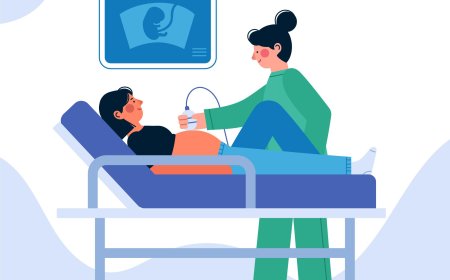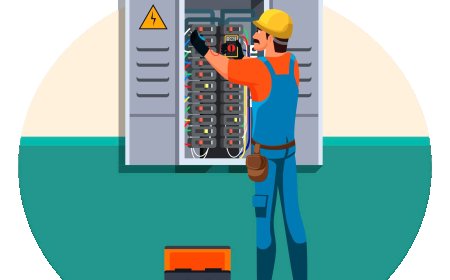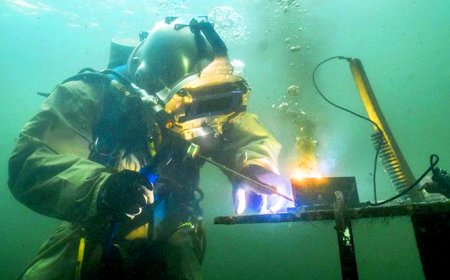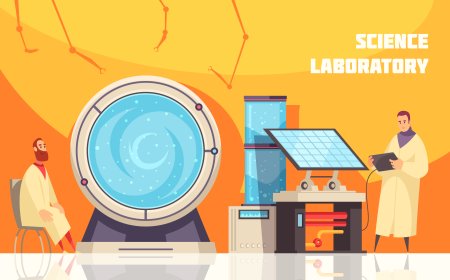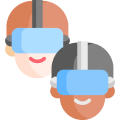- Learn the fundamental concepts of plasma generation, ion interactions, and surface modification in semiconductor fabrication.
- Explore key plasma processes like reactive ion etching (RIE) and plasma-enhanced chemical vapor deposition (PECVD).
- Use virtual tools to control plasma etching and deposition parameters, including gas flow rates, RF power, pressure, and temperature.
- Adjust system parameters in real time and observe their effects on material surface interactions, etching precision, and deposition uniformity.
- Engage in scenarios where students fine-tune plasma processing conditions to suit different materials, device geometries, and process requirements.
- Analyze how variations in gas composition, RF energy, and pressure levels impact adhesion, uniformity, and feature resolution.
imaginX is used by many amazing schools and universities
University / College

